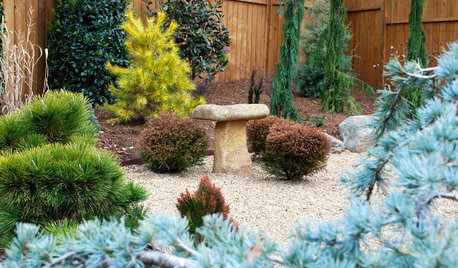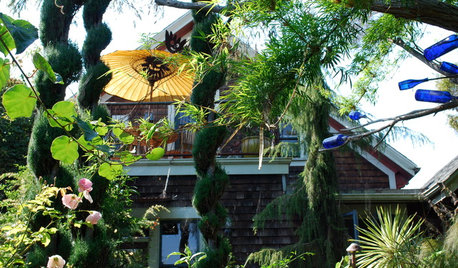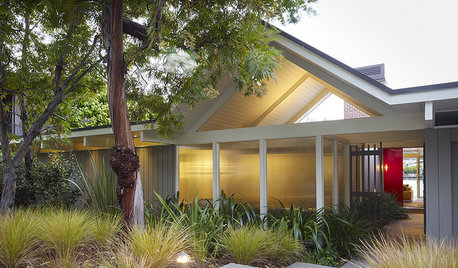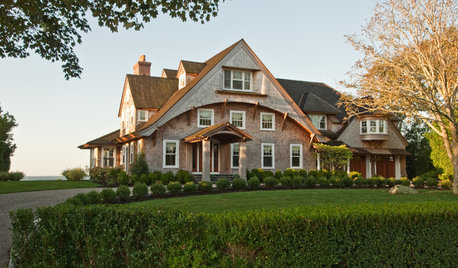Rooting conifer cuttings (Practice)
barbaraincalif
15 years ago
Featured Answer
Sort by:Oldest
Comments (29)
bluespruce53
15 years agobarbaraincalif
15 years agoRelated Professionals
Danbury Landscape Architects & Landscape Designers · Rancho Palos Verdes Landscape Architects & Landscape Designers · Arden-Arcade Landscape Contractors · Bridgeport Landscape Contractors · Columbine Landscape Contractors · East Chicago Landscape Contractors · Forest Hills Landscape Contractors · Hampton Bays Landscape Contractors · Harrisburg Landscape Contractors · Milton Landscape Contractors · Pompton Lakes Landscape Contractors · Royal Oak Landscape Contractors · Shaker Heights Landscape Contractors · South Lake Tahoe Landscape Contractors · 07920 Landscape Contractorsbluespruce53
15 years agobarbaraincalif
15 years agobarbaraincalif
15 years agobluespruce53
15 years agotunilla
15 years agobarbaraincalif
15 years agovshap
15 years agobarbaraincalif
15 years agobush_2008
15 years agobarbaraincalif
15 years agotunilla
15 years agobarbaraincalif
15 years agotunilla
15 years agokpcc_watermanager_yahoo_com
15 years agoian_wa
15 years agobarbaraincalif
15 years agokpcc_watermanager_yahoo_com
15 years agobarbaraincalif
15 years agokpcc_watermanager_yahoo_com
15 years agoian_wa
15 years agoian_wa
15 years agoAlpineMike
11 years agobarbaraincalif
11 years agoAlpineMike
11 years agoken_adrian Adrian MI cold Z5
11 years agomarkconifershostas
11 years ago
Related Stories

PLANTING IDEASStretch the Budget, Seasons and Style: Add Conifers to Your Containers
Small, low-maintenance conifers are a boon for mixed containers — and you can transplant them to your garden when they’ve outgrown the pot
Full Story
GARDENING GUIDESDesigning With Conifers: Find the Perfect Fit for Your Landscape
Conifers range from fairy-garden size to 70 feet tall. Here’s how to decifer the plant tag for the perfect long-term fit in your garden
Full Story
GARDENING AND LANDSCAPINGGeometry Roots Great Garden Design
To learn why some garden designs seem particularly pleasing to the eye, look to mathematical shapes and patterns
Full Story
PLANTING IDEASDesigning With Conifers: Personality and Form in the Garden
Unique and full of interest, well-shaped conifers await a place your yard
Full Story
PLANTING IDEASDesigning With Conifers: How to Unite Your Landscape
Create a landscape full of intrigue and artistry with the right placement of conifers and their supporting players
Full Story
ARCHITECTURERoots of Style: Midcentury Styles Respond to Modern Life
See how postwar lifestyles spawned a range of styles, including minimalist traditional, ranch, split level and modern shed. What's next?
Full Story
FEEL-GOOD HOMERejuvenate Your Home With Deep-Rooted Traditions
Give the subtle energies and spiritual side of your home some attention, and watch newfound calm and beauty blossom
Full Story
ARCHITECTURERoots of Style: Do You Live in a Minimalist Traditional House?
Cottages, bungalows, farmhouses ... whatever you call them, houses in this style share several characteristics. See how many your house has
Full Story
ARCHITECTURERoots of Style: Shingle Style Is Back — Here's How to Spot It
Intimate or rambling, in the coast or by the sea, Shingle homes are seeing a revival. Has your home joined in?
Full Story
GARDENING GUIDESThe Beauty of Bare-Root Plants
Plant dormant trees and shrubs in fall using the easy, affordable bare-root method and enjoy beautiful results in spring
Full Story




tunilla